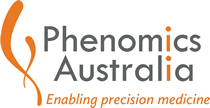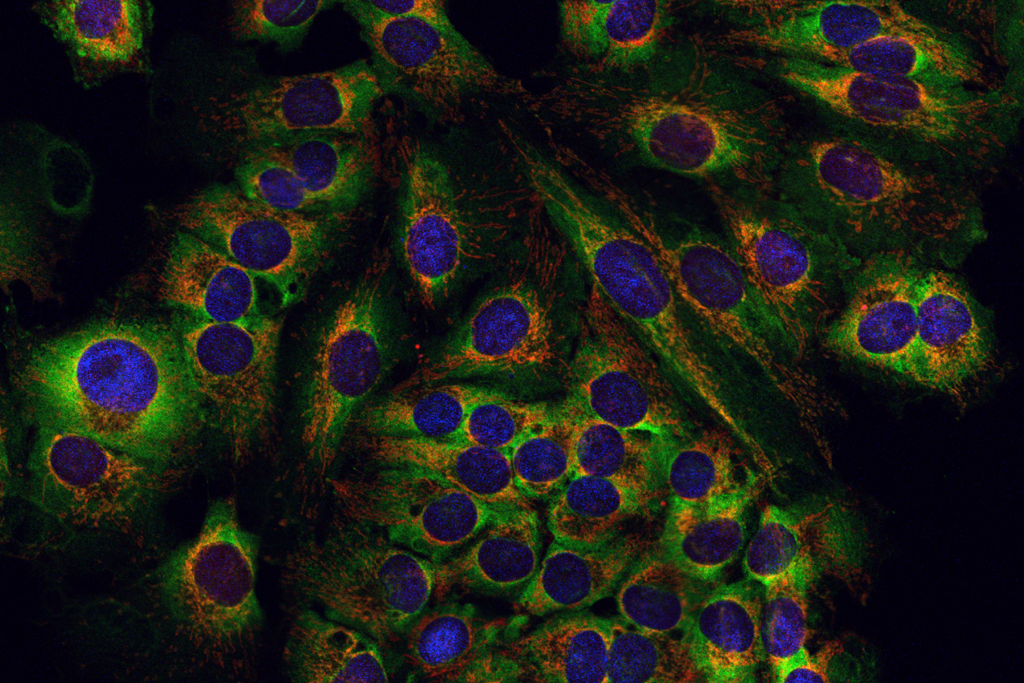Aussie research aiming to starve melanomas.
Melanoma is one of Australia’s biggest killers.
Approximately 50 per cent of melanoma patients have a BRAF mutation and these melanoma’s can be treated with targeted therapies. A major advantage of targeted therapies – which target the BRAF mutation in a patient’s cancer – is that initially they get high response rates, with fewer side effects. However, unfortunately these therapies rarely result in cures because the melanomas become resistant.
Peter Mac-led research has discovered a new way some melanomas become resistant to targeted therapies.
In this study, published in Nature Communications, led by Dr Lorey Smith, Australian researchers, including Phenomics Australia scientific leader A/Prof Kaylene Simpson (VCFG), have discovered a new way some melanomas become resistant to targeted therapies, in a find that could knock out one of the killer cancer’s fuel sources.
By deactivating a pathway that controls the so called metabolic switch for melanoma cells, scientists at Melbourne’s Peter MacCallum oncology institute say they can delay their ability to resist treatments.
The Peter Mac team is also trying to develop a drug that directly targets the protein they found, which seems to play an important role in melanomas developing adaptive non-genetic resistance.

‘This project spans many years, two postdocs and a host of other laboratories that became involved as the project unfolded. It’s a story that evolved from a fantastic brainstorming idea, to developing and executing a challenging screen assay to a very detailed molecular characterisation of the top hits, identifying 1 in particular that is involved in resistance to targeted therapy in Melanoma. This was one of the earliest whole genome RNAi screens performed in the VCFG, started in 2013 by Dr Tiffany Parmenter from the laboratory of Prof Grant McArthur at Peter MacCallum Cancer Centre. Dr Parmenter returned to her native New Zealand to pursue a medical degree and Dr Lorey Smith, herself already an experienced screener in the VCFG took over. Lorey was tenacious in the way she proceeded to validate the screen, triage the hits and then dig deep into the mechanism of action of UHMK1, an RNA processing kinase. Along the way we published the screen itself in Scientific DATA, in the full spirit of data sharing, releasing all the detailed technical information together with the full data set. This recent paper is a landmark body of work towards understanding resistance to BRAF and MEK combination therapy in melanoma. ”

Additional information
Smith LK, Parmenter T, Kleinschmidt M, Kusnadi EP, Kang J, Martin CA, Lau P, Patel R, Lorent J, Papadopoli D, Trigos A, Ward T, Rao AD, Lelliott EJ, Sheppard KE, Goode D, Hicks RJ, Tiganis T, Simpson KJ, Larsson O, Blythe B, Cullinane C, Wickramasinghe VO, Pearson RB, McArthur GA.Nat Commun. 2022 Mar 1;13(1):1100. doi: 10.1038/s41467-022-28705-x.
Smith LK , Parmenter T, Gould CM, Madhamshettiwar PB, Sheppard KE, Simpson KJ, McArthur GA.Sci Data. 2020 Oct 12;7(1):339. doi: 10.1038/s41597-020-00683-z.
The Victorian Centre for Functional Genomics (VCFG) ran a Genome-wide RNAi screen for regulators of glycolysis and viability. The Dharmacon human siGENOME SMARTpool library (RefSeq27; Dharmacon RNAi Technologies, Horizon Discovery) was used for the screen. This library contains 18,120 SMARTpool reagents (4× individual siRNA duplexes targeting each gene per SMARTpool) targeting each gene in the human genome. The library was arrayed across 58× library plates and screened in 384-well format within the VCFG AT Peter MacCallum Cancer Centre, Australia.







